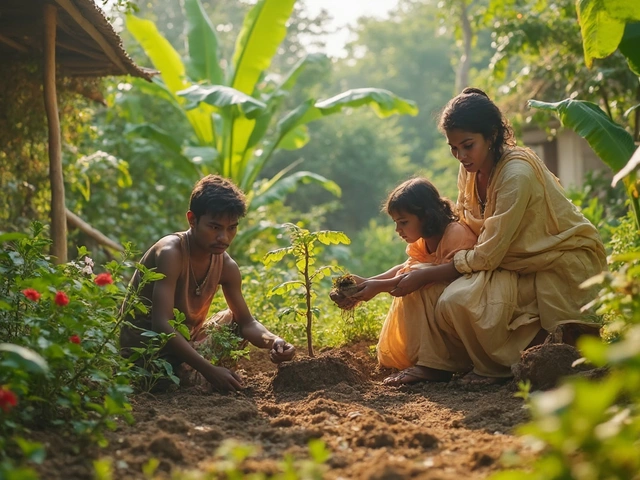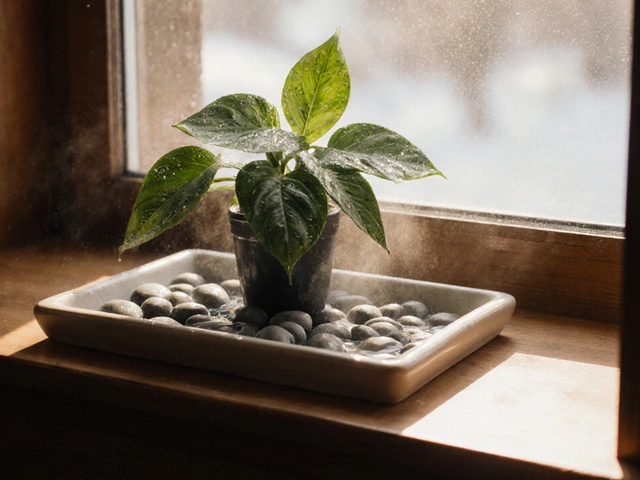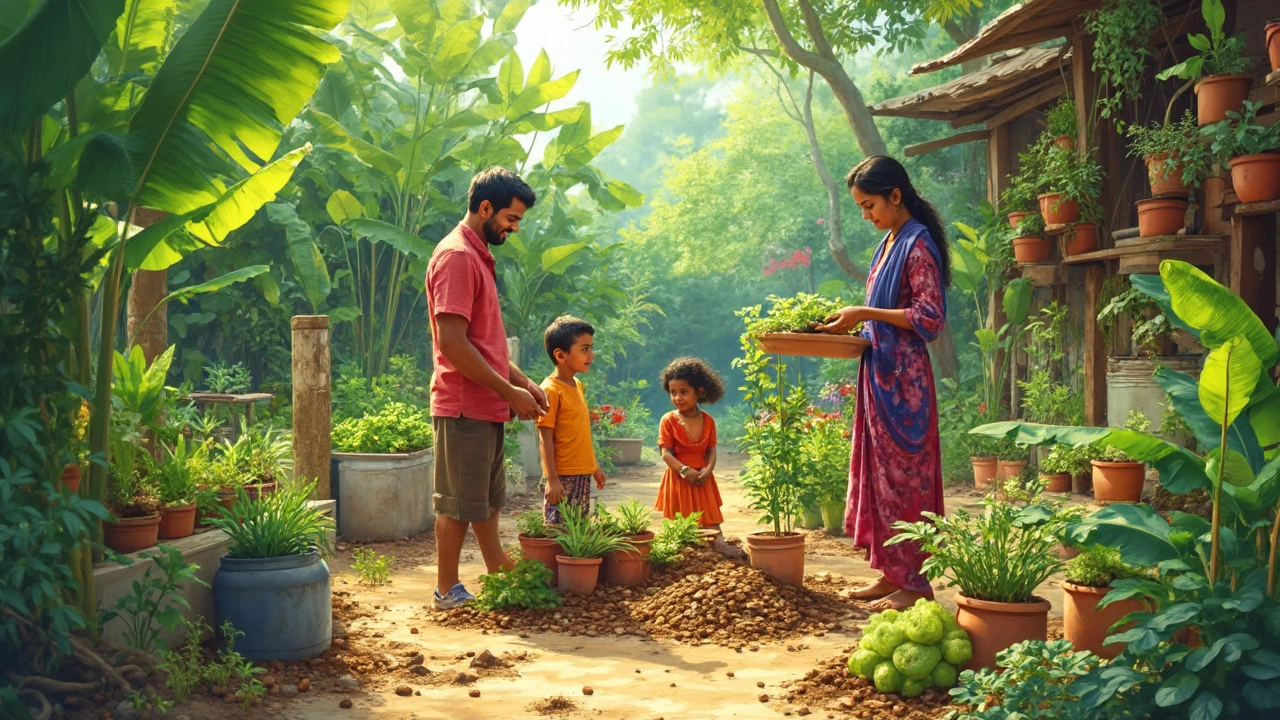Eco-Friendly Gardens: Easy Ways to Go Green at Home
Ever wonder why some gardens look so lush while using barely any water or chemicals? The secret is simple: they’re built on eco‑friendly principles. Below you’ll find down‑to‑earth tips you can start today, no matter how big or small your outdoor space is.
Save Water with Smart Irrigation
Water is the biggest expense for most gardeners, especially during hot Indian summers. A drip irrigation system can cut water use by up to 50 %. Bury the drip lines just a few centimeters deep – enough to keep them protected from the sun but close enough for roots to drink. If you’re on a budget, start with a few drip emitters around your most thirsty plants and expand as you see results.
Another quick win is to water early in the morning or late in the evening. The soil is cooler, so less water evaporates. Pair this with a layer of mulch – straw, wood chips, or even dry leaves – and you’ll keep the soil moist for longer.
Turn Kitchen Waste into Garden Gold
Composting is the easiest way to close the nutrient loop. Toss fruit peels, vegetable scraps, coffee grounds, and egg shells into a bin and let nature do the work. Coffee grounds are great for acidic plants like roses, but avoid them around beans or carrots that dislike it. A simple three‑bucket system (green, brown, and finished compost) keeps things tidy and speeds up breakdown.
While you’re composting, remember that not all kitchen waste belongs in the pile. Avoid adding meat, dairy, or oily foods – they attract pests. With a little patience, you’ll have rich, dark soil that reduces the need for synthetic fertilizers.
Use the finished compost to improve heavy garden soil. If your soil feels like hard clay, mix in a handful of compost per square foot. This lightens the texture, improves drainage, and gives roots room to breathe.
Choosing native plants is another eco‑friendly move. They’re already adapted to local climate, need less water, and attract beneficial insects. For a low‑maintenance yard, plant species like neem, bougainvillea, or Indian lilac. These plants thrive on minimal irrigation and provide shelter for pollinators.
When it comes to pests, skip harsh chemicals. Instead, try natural solutions like neem oil, garlic spray, or introducing companion plants. Marigolds, for instance, deter many insects and add a splash of color. This approach keeps the garden safe for kids, pets, and the environment.
Finally, remember the small details matter. Use rain barrels to collect rooftop water for later use. Install a simple rain gauge to track how much you’re saving. Every drop counts toward a healthier garden and lower bills.
By combining smart watering, composting, native planting, and natural pest control, you can create a garden that looks great, feeds the soil, and protects the planet. Start with one tip today, watch the results, and keep building your eco‑friendly oasis.
Sustainable Gardening: What’s Another Name for It?
Curious about other names for sustainable gardening? This article breaks down what people really mean when they talk about eco-friendly, low-impact, or regenerative gardening. Learn the most common terms, why they matter, and how each approach can change the way you grow your own food or flowers. Check out easy tips to try at home and spot the differences between similar styles. Get straight answers and practical ideas for greener gardening.
About
Sustainable Gardening
Latest Posts


How Much Rice Does 1 Cup Make? Unpacking Dry to Cooked Ratios for Perfect Meals
By Alden Thorne Jul 20, 2025

Ecosystem Garden: How to Build a Self-Sustaining Backyard Habitat
By Alden Thorne Apr 20, 2025

Best Year-Round Plants: Which Hardy Variety Thrives in Every Season?
By Alden Thorne Jul 12, 2025

